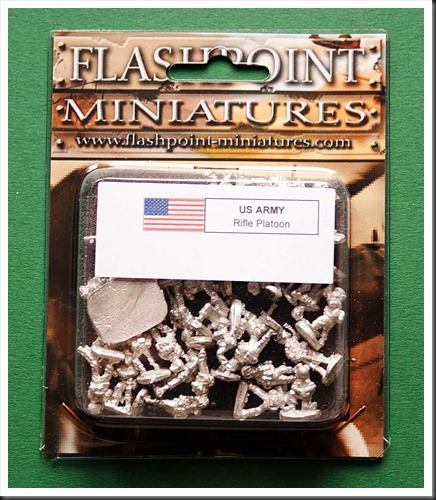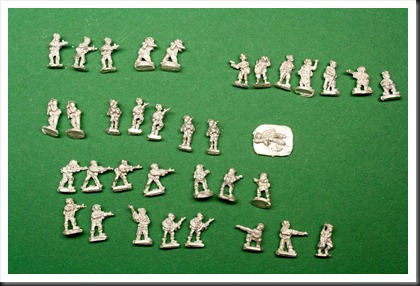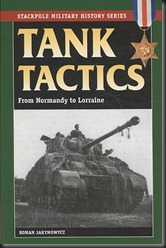If there is one thing I’ve learned from my work with GHQ’s terrain hexagons (or rather from the mistakes I’ve made while working with them), then it is this – if you’re about to make a large number of similar terrain pieces, make a test piece first. There is nothing worse than finishing 20-30 elements and realising that they don’t look so good.
All right, that was the sermon of the month, let’s now move on and get some new terrain on the table.
Preparation
Things I needed before getting started:
a) Base plates – I cheated here and ordered a bunch of laser-cut 3mm MDF bases from Warbases, a British company I’m buying all my bases from. Since they didn’t have bases with irregular shapes I was needing, I drew rough sketches of six different shapes in a graphics program and sent the pictures (with dimensions) with a request for a quota. A prompt response informed me that five bases of each type, including p&p, would cost me about 400SEK. Maybe a bit pricey, but considering how much time, sweat and quite possibly blood I would have to spend if I was to cut thirty such bases on my own, it was actually a bargain.
b) Trees and palms – one word here – Ebay! Gone are the good old days when you could find sweet bargains from fellow wargamers, but those Chinese shops using Ebay as outlet for all possible kind of crap are sometimes godsend. In this particular case, I’ve got some 100 trees and 40 palms for another 400SEK. Sure, they’re not as nice as those from Faller or Heki, but on the other hand I didn’t have to mortgage my flat to afford them.
c) Sand, cat litter and herbs – pet shops, DIY shops, or even your own backyard are all great sources.
d) Flock, turf, scatter materials – every wargamer should have a bunch of this stuff, but if you don’t, pleaaase find a well-sorted miniature railroad shop and get what you need from them. A single bag from Noch, Faller or Woodland Scenics will last you a lifetime and costs about the same as those laboratory petri dishes GF9 is trying to push.
e) Paint – all DIY shops usually sell acrylic wall paint, which is perfect for ground work. An added bonus lies in the fact that the colors usually come in at least five or six different tones – perfect for shade, midtone and highlight. Finally, a 0.5 litre sample can usually costs the same as two GW paint jars.
f) Plastic plants – see previous post.
h) Hot glue pistol – new experience for me, more about it below.
Think before doing
Now, let’s stop for a second and think one last time one last time about what I’m trying to achieve with this project. “Douugh… jungle terrain!” – you say? Sure, that’s the most obvious part. Couple more things need however to be considered, before cutting and gluing ensues. First of all, the scale. The terrain is intended for 15mm, so the plants can’t be too high. Second, is the terrain piece to be impassable or would I like to be able to put the miniatures on it? If I wanted the second option, then sticking all the plants onto the base perhaps isn’t the best option. For this test piece, I wanted to see how many plants would be needed for dense coverage, so I decided to stick everything permanently into place.
Making the piece
Once again, let’s clarify couple of things before we proceed. I am not a professional terrain maker, just a guy who needs a bunch of terrain for a new project. The faster I’m done with it, the better. I use basic techniques familiar to anyone who’s been working with terrain before. If the finished piece looks adequate for the task and doesn’t fall apart, then my task is done. If it looks good, then it’s great news. If it looks great, then it was pure damn luck and I’m probably more surprised over the final result than you are. 
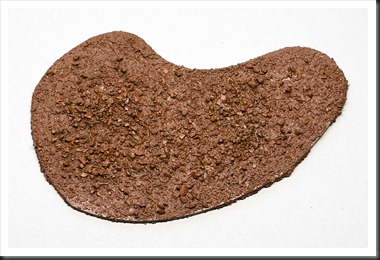
1. Texturing the base – the usual procedure – paint the base, cover it with sand, remove the excess sand. Once the paint is dry, paint a second layer of paint to seal the sand. Since I wanted an extra rough texture, I put some cat litter and dried basilica onto the second paint layer. Once the second paint layer was dry, I sealed everything in with a final paint coat.
As a final step, I drybrushed the base in two steps – first a heavy pass with a lighter shade of same brown colour and finally a lighter one with cream-coloured paint.
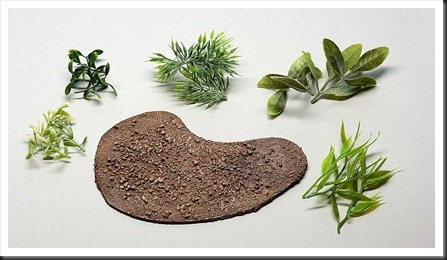
2. Cut the plants – when cutting the plants, I tried to think about the scale the piece was intended for. It became rather obvious that the plant with long, wide leafs would perhaps not be as suitable for this project as I first though.
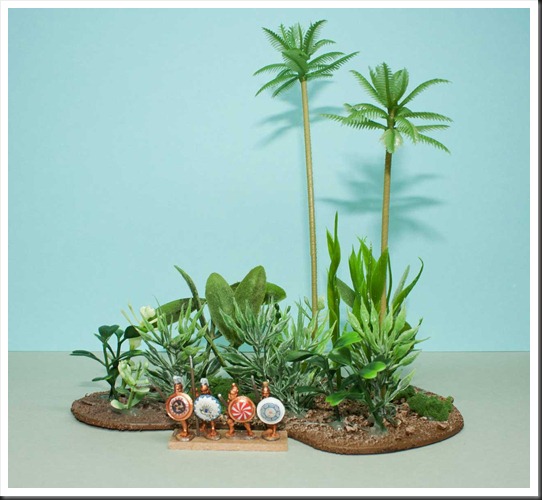
3. Gluing – well, I won’t bore you with the details. Using hot glue gun was a bit of a new experience for me, but there really isn’t much to it – heat the glue up, put a blob of glue onto the base, stick the plant in, wait until the glue cools down. Hot glue tends to leave thin strings of glue all over the base, but those can easily be removed with pliers once the plants are in place.
As can be seen in the picture, I didn’t use any trees. The reason is simple – larger plastic plants were the same height as the trees and things just didn’t look right. I have some thinking to do – do I make the plants a good bit shorter or do I leave the trees out of this project altogether?
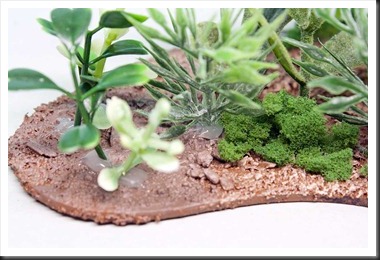
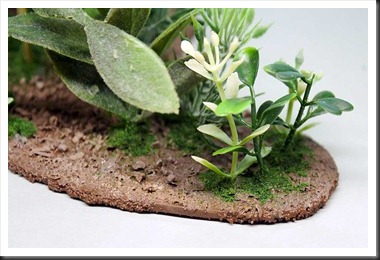
4. Final steps – I was a bit surprised over how unseemly and protruding hot glue looked once it dried. It was positively ugly and I had to do something about it. At first I tried to cover those blobs up with some sponge flock (from Heki, I believe) stuck into… more hot glue. This method worked pretty good and actually added some variety to the vegetation. However, some of the glue blobs “inside” the base were hard to get to with the hot glue gun. Those were hidden with good old-fashioned combination of white glue and flock.
Musings “after the battle”
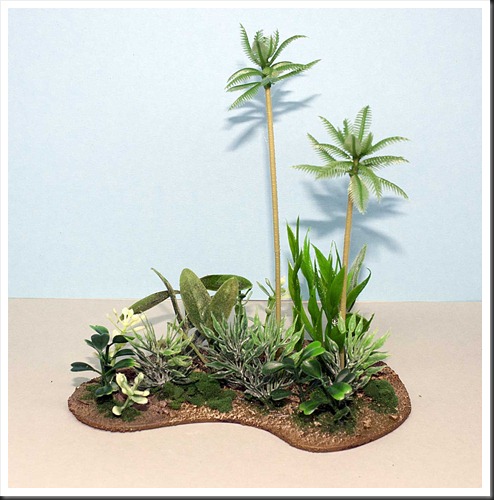
Well, here is the final result. Purely by the gut feeling, it looks to me more like something you’d find in Africa or on an alien world than in Vietnam. Some further experimentation will be needed – shorter plants, maybe a bit of clump foliage and stones. Still, considering that it’s the first effort, I’m quite happy with it.
